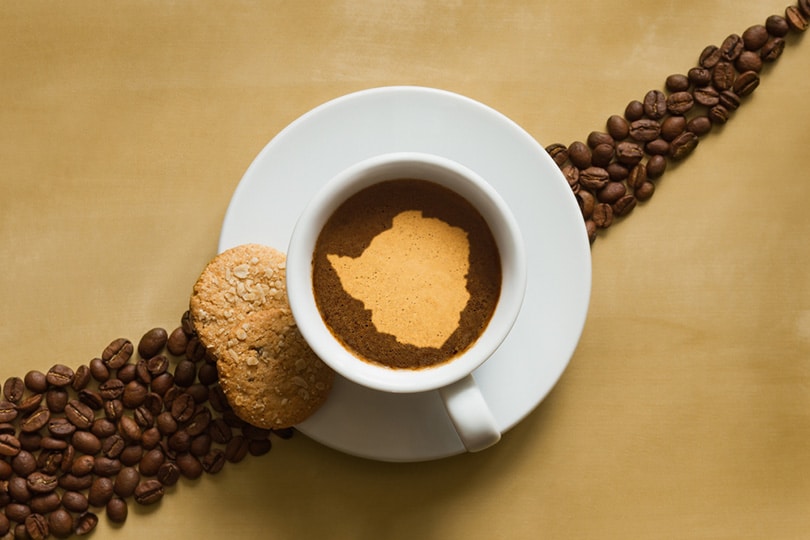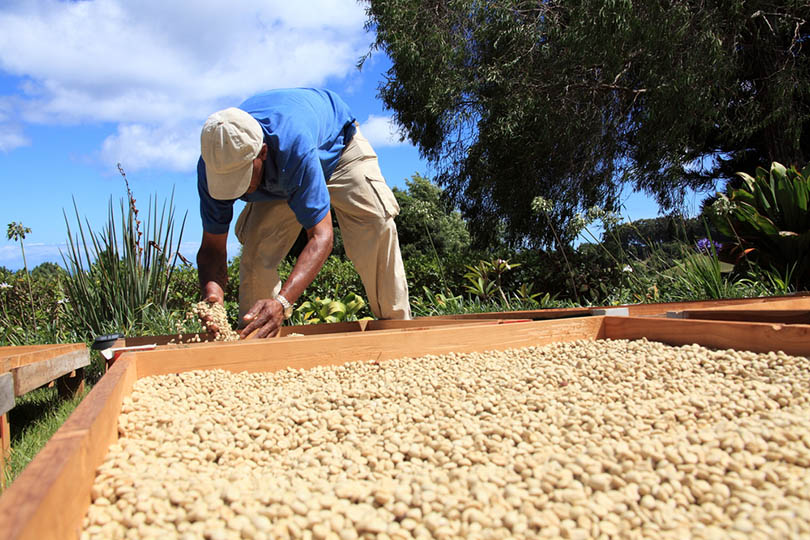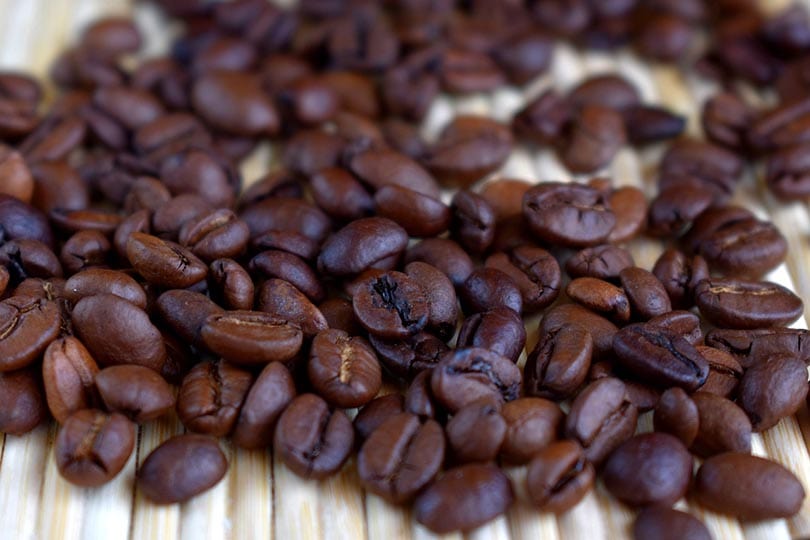
Nestled at the heart of the sub-Saharan region of the African continent, Zimbabwe finds itself between the ideal latitudes for growing coffee beans (20°N – 30°S). Because of this, it has had a long but complicated history with coffee since the plant was introduced to the country back in the mid-1800s.
Although Zimbabwe is considered as more of a tea-drinking nation due to its British influence in their culture, many people in Zimbabwe still enjoy drinking coffee, be it as their go-to morning drink, or just as a tasty beverage they can enjoy anytime.

Zimbabwe Coffee Production
In Zimbabwe, the arabica coffee bean is grown. The country offers some of the best climates in the world for coffee agriculture as it has warm temperatures year-round. In the eastern and northern parts of the country, they also have high altitude terrain, which can provide a more balanced temperature environment as well as humidity. In the late months of the year, the country also enjoys abundant rainfall. All these factors contribute to the plant’s growth and production.
One of the most famous regions for coffee plating is the Manicaland region, in the eastern part of the country. In this region, are the towns of Chipinge, Chimanimani, Mutasa, and Mutare, which are particularly famous for beans grown there that have a very sweet, fruity taste, and a powerful scent. The aftertaste also leaves a wine-like acidity in the palate. The coffee grown here is considered Zimbabwe’s gourmet coffee.
For the production process, beans in Zimbabwe are washed and then sun-dried before sending them out for consumption. Nowadays, coffee production in Zimbabwe is so small that there are only approximately 300 families and small communities, dedicated to the industry.

Zimbabwe’s History of Coffee
Coffee came into Zimbabwe through European colonization around the 1850s, though it could have already been present in the region for centuries before in very small amounts. Famous British explorer David Livingstone has some accounts of native tribes offering him coffee beans in the mid-19th century.
Slowly but surely, the drink began to insert itself into Zimbabwean culture. Unfortunately, in the 1920s, an unfortunate plague wiped out almost all the plants in the region, thus ending coffee’s popularity in the country for the next 40 years.
In the 1960s, the coffee industry in Zimbabwe started to make a comeback and production was growing. As a bonus, quality standards started to be enforced, and there was a coffee boom in the country. So much so, that the Zimbabwean coffee bean was coveted all around the world, including in cities like London or New York.
Unfortunately, coffee production in Zimbabwe peaked around the 1980s, producing around 16,000 metric tons in 1988. Since then, a series of political, economic, social, and natural crises have brewed the perfect storm to forestall the country’s coffee production. Since the 1980s, the country’s coffee exports have seriously gone down.
As of 2011, the country is beginning to rebuild its coffee industry as it does have all the natural resources to become one of the world’s prominent coffee producers.
Zimbabwe’s Status and Prestige as a Coffee Producer
Zimbabwe is not particularly famous for its coffee, mainly because it is living under the shadow of other East African nations like Kenya and Tanzania, which are particularly famous for their coffee brewing and thriving industry.
However, Zimbabwe can also offer great coffee with a slightly different flavor profile. Zimbabwean coffee has a fruitier taste and a slightly more acidic aftertaste than that of any other East African nation.
Zimbabwe does indeed export minimal amounts of coffee to western countries such as the US and Europe, it is estimated that the industry will rebloom in the coming years.

What Does Zimbabwean Coffee Taste Like?
The predominant coffee bean in Zimbabwe is the arabica bean. This bean is planted all around the African continent and offers a very unique flavor profile. It is one of the sweetest and most aromatic beans, it can normally have a sweet nutty taste with a powerful chocolatey aroma, it is not so acidic in its nature, but it does have a slightly bitter aftertaste.
Normally, arabica beans are medium roasted, which means they include the best of both worlds, as it does feature a distinct aroma but also have a very decent caffeine level. As a result, one can easily drink one or two Zimbabwean espressos a day.
The way most Zimbabweans take their coffee can vary according to their preference. The most popular ways to prepare coffee in Zimbabwe are pour-over, drip, French press, and cold brew preparations.
Zimbabwe’s Coffee Culture
Zimbabwe is very much a society divided by classes, and coffee is mostly a drink for the wealthy. As the average Zimbabwean is not particularly fond of going to a shop and paying for a premium beverage, they rather have a hot drink at home.
Slowly the trend of hanging out in a coffee shop is growing in Zimbabwe, and as a consequence, a few coffee shops here and there have become popular hangout spots, where you can drink a coffee or even have a full meal.

Brewing Tips
- Pour Over: The best coffee roast you can enjoy with the pour over method is a light roast, as this will feature a light aroma but a strong flavor.
- French Press: For French press brewing style, it is recommended to try a light roast to truly showcase the Zimbabwean arabica bean’s true flavor, as well as its aroma.
- Percolator: The best roast for whenever you decide to enjoy your coffee by means of percolator is a medium roast as it really intensifies the flavor.
- Drip: For the drip method, a medium roast is recommended because a light roast doesn’t release enough flavor using this method and a darker roast can lead to too much flavor being released.
- Aeropress: If you want to enjoy your coffee with a dark roast, the best I can recommend is an Aeropress, the end product will be smooth and tasty.

Final Thoughts
Although Zimbabwe is not a coffee drinking society, the country has all the resources to produce the bean and grow a thriving industry with their unique blends and flavors.
Coffee adaptation will be a process in Zimbabwean culture. As the industry grows and the drink becomes more accessible, more people should become fond of it and its popularity should rise in the country. Zimbabwe ultimately has very tasty coffee and has the potential of rising to a premium coffee producer one day.
Featured Image Credit: PatrikV, Shutterstock















